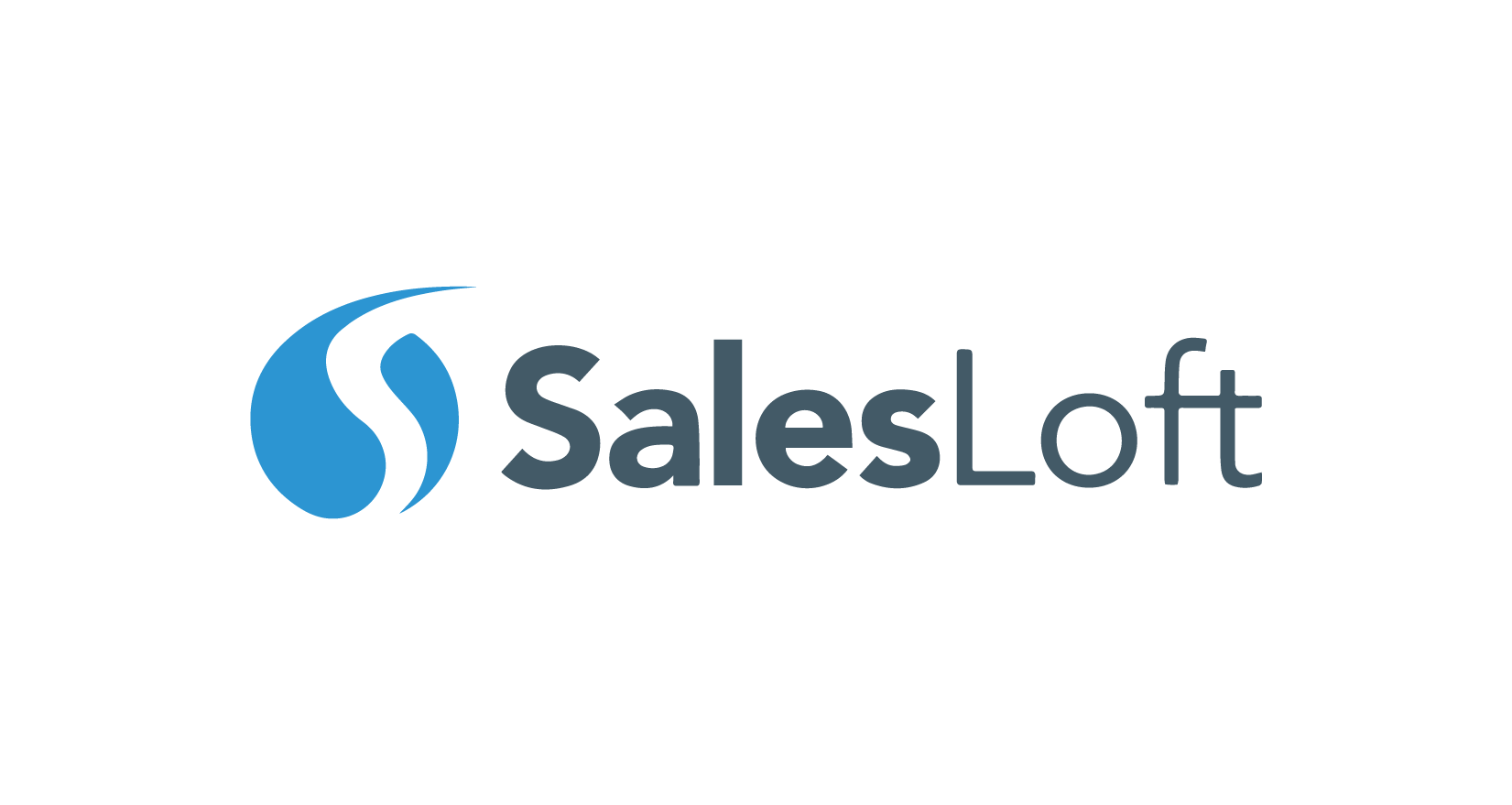SalesLoft QA Automation
Run SalesLoft test scenarios using the Crank BDD framework.

Installing and Authenticating this Cog
Once you've successfully installed Crank you can install this Cog by running the following:
$ crank cog:install automatoninc/salesloftYou will be asked for the following authentication details on installation. To avoid prompts in a CI/CD context, you can provide the same details as environment variables.
| Field | Install-Time Environment Variable | Description |
|---|---|---|
apiKey * | CRANK_AUTOMATONINC_SALESLOFT__APIKEY | API Key |
You can always re-authenticate by running the following command.
$ crank cog:auth automatoninc/salesloftSalesLoft Test Steps
Create or update a SalesLoft person Action
Use this step in a Scenario file like this:
- step: When I create or update a salesloft person
data:
person:
field: value
| ID | Type | Description |
|---|---|---|
person * | Map/Object | A map of field names to field values |
| Token | Type | Description |
|---|---|---|
{{salesloft.person.id}} | Number | Person's SalesLoft ID |
{{salesloft.person.created_at}} | ISO 8601 Datetime | Person's SalesLoft Created At |
{{salesloft.person.updated_at}} | ISO 8601 Datetime | Person's SalesLoft Updated At |
{{salesloft.person.*}} | * | This step may expose additional dynamic tokens representing values on the person, depending on how you've configured the underlying system. |
Delete a SalesLoft person Action
Use this step in a Scenario file like this:
- step: Finally, delete the {{email}} salesloft person| ID | Type | Description |
|---|---|---|
email * | Email Address | Person's email address |
| Token | Type | Description |
|---|---|---|
{{salesloft.person.id}} | Number | Person's SalesLoft ID |
{{salesloft.person.created_at}} | ISO 8601 Datetime | Person's SalesLoft Created At |
{{salesloft.person.updated_at}} | ISO 8601 Datetime | Person's SalesLoft Updated At |
{{salesloft.person.*}} | * | This step may expose additional dynamic tokens representing values on the person, depending on how you've configured the underlying system. |
Check a field on a SalesLoft Person Assertion
Use this step in a Scenario file like this:
- step: Then the {{field}} field on salesloft person {{email}} should {{operator}} {{expectation}}| ID | Type | Description |
|---|---|---|
email * | Email Address | Person's email address |
field * | String | Field name to check |
operator | String | Check Logic (be, not be, contain, not contain, be greater than, be less than, be set, not be set, be one of, or not be one of) |
expectation | Any Scalar | Expected field value |
| Token | Type | Description |
|---|---|---|
{{salesloft.person.id}} | Number | Person's SalesLoft ID |
{{salesloft.person.created_at}} | ISO 8601 Datetime | Person's SalesLoft Created At |
{{salesloft.person.updated_at}} | ISO 8601 Datetime | Person's SalesLoft Updated At |
{{salesloft.person.*}} | * | This step may expose additional dynamic tokens representing values on the person, depending on how you've configured the underlying system. |
Missing a Step You Need?
This Cog is open source! Your contributions are welcome and encouraged.
Contribute on GitHubJoin the Crank Spectrum Community